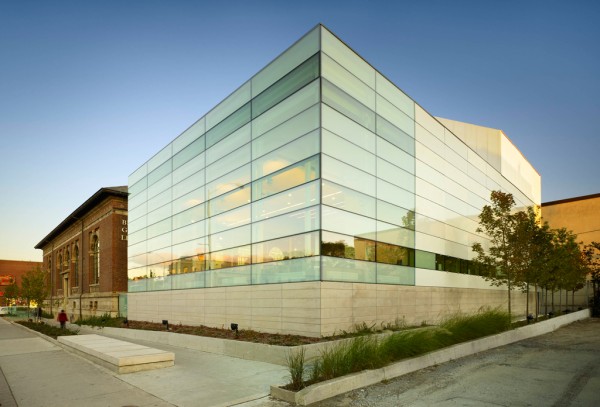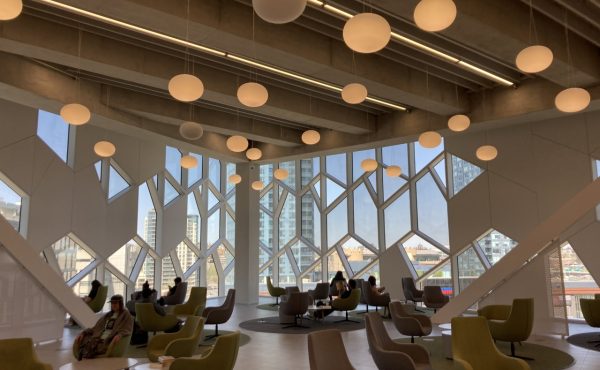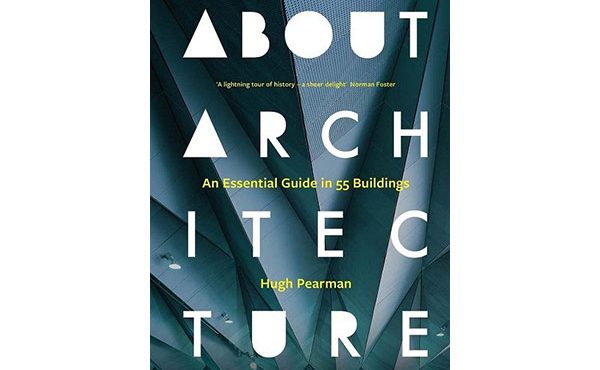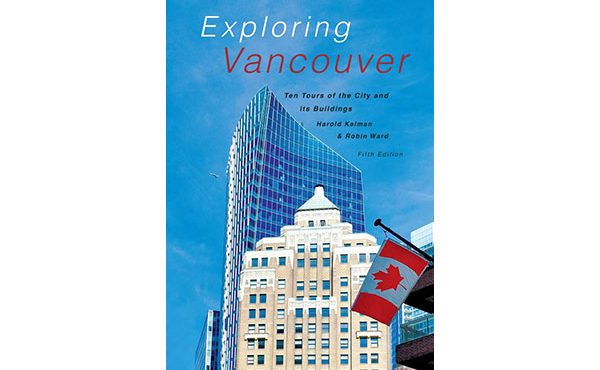In March, The Royal Architectural Institute of Canada (RAIC) announced Tyler Sharp, 40, of Toronto as the recipient of the 2014 Young Architect Award.
 After graduating from the Dalhousie School of Architecture in Halifax N.S. in 2002, Sharp joined the Toronto firm of Kuwabara Payne McKenna Blumberg where he was involved in multiple award winning projects around the city. In 2005, Sharp joined RDH Architects in Toronto, where his first project was the multi-award winning Bloor Gladstone library.
After graduating from the Dalhousie School of Architecture in Halifax N.S. in 2002, Sharp joined the Toronto firm of Kuwabara Payne McKenna Blumberg where he was involved in multiple award winning projects around the city. In 2005, Sharp joined RDH Architects in Toronto, where his first project was the multi-award winning Bloor Gladstone library.
Today, Sharp continues his work at RDH, and does his part to assist in the company’s ongoing transformation. He sat down with Spacing to talk about his most recent award.
What does this mean to you, and the firm, to be the recipient of the Young Architect Award this year?
Of course this is a great honour, just in general, but I think winning the award is a very nice result of a fairly extensive, and intensive eight or nine-year period. I came to RDH about nine years ago, and it was a firm that was embarking on a transition. They hired me in part for that purpose, to sort of aid in this transition of a firm that was maybe less known in terms of striving for design excellence. So there was a change in the direction of the firm, I came on at that point and started with the Bloor-Gladstone library, and a series of other projects that followed. It was really an intensive, and exciting nine-year period of testing this change. So to see almost 10 years later that this change really has occurred, and the firm has transformed itself into one of the leading design firms in the country, to see that work recognized with this award, really does mean a lot to me.
Looking back on your career, what would you say is your greatest architectural accomplishment?
I’m most proud of the body of work I have created over the last nine years. I don’t know that I could pinpoint one project over another because they’re all kind of a continuum of my work, and a continuation of the language that started with the Bloor-Gladstone library. I think all of the projects in the past nine or ten years here at RDH mean a great deal to me equally. As well it means a great deal to me to see this transformation at RDH come to fruition. We were seeing the change happen year after year as we started to accumulate different awards for different projects. I came in and was really committed to this idea and committed to this new language. Eventually the awards started to build up, and show that change was happening. The RAIC award is not only a testament to my work, but also to the work of the firm.
What inspired you to become an architect?
From my earliest days I was always drawing. It was something that came to me sort intuitively and it was something that I was always doing without really thinking about it. When I was fairly young my parents would keep me busy just by giving me a pad of paper and a pen. So the attraction to drawing was something that helped me conclude where I might go professionally. I always had a very strong creative side, and an interest in the arts. It became sort of a question of how I would best fit in the creative industry, and architecture just seemed like a logical fit. It was something beyond drawing, and early on I became interested in buildings. As a student in my undergraduate years I took a degree in art and architectural history. It, sort of, fueled my interest in architecture. It became very clear to me at that point that it was the right direction for me.
What are your plans for the future, and for the future of the RDH firm?
For the firm, we’ve gotten to this point now where a transformation has come to fruition and we certainly don’t want to stop progressing. We want to keep moving forward in the same manor, and look for more new and exciting projects. RDH has sort of developed a reputation in terms of the quality of our work, and I think now it’s exciting to consider new venues for our work. We’re looking into larger project types, while remaining in the realm of our different cultural projects, and library projects. We could also look at expanding our work across the country or even looking internationally for more opportunities.
How do you think Toronto fares in terms of architecture and design as compared to other Canadian cities?
I think Toronto is a very progressive city. I have travelled fairly extensively and certainly there are amazing architects all over the world. I think Toronto, though, from the view of the creative and architectural community is a very progressive and creative community. It seems to have very big ambitions, and I think we’re starting to see more and more interesting large and small-scale projects. Toronto has the right attitude and, hopefully the client base continues to accept progressive and contemporary design as we move forward. You need both sides of the coin, you need the architects and the designers to be ambitious, but you also need a client base that is interested in pursuing or accepting contemporary architecture.
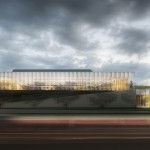 Waterdown Library and Civic Centre. 2013 Canadian Architect Award for Design Excellence
Waterdown Library and Civic Centre. 2013 Canadian Architect Award for Design Excellence
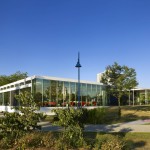 Port Credit Library. Completed 2011.
Port Credit Library. Completed 2011.
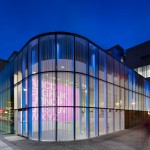 Hamilton Public Library. Completed 2010.
Hamilton Public Library. Completed 2010.
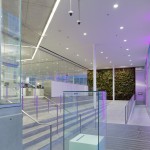 Hamilton Public Library.
Completed 2010.
Hamilton Public Library.
Completed 2010.
 Hamilton Public Library.
Completed 2010.
Hamilton Public Library.
Completed 2010.
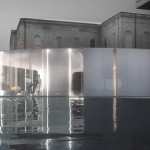 Guelph Civic Centre Pavillion. Under Construction.
Guelph Civic Centre Pavillion. Under Construction.
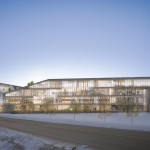
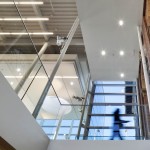 Bloor-Gladstone Library Interior. Completed 2009.
Bloor-Gladstone Library Interior. Completed 2009.
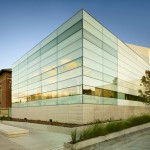 Bloor-Gladstone Library. Completed 2009.
Bloor-Gladstone Library. Completed 2009.

